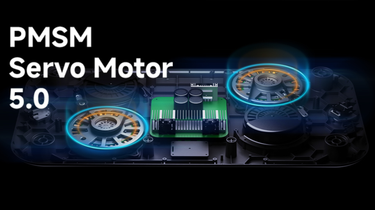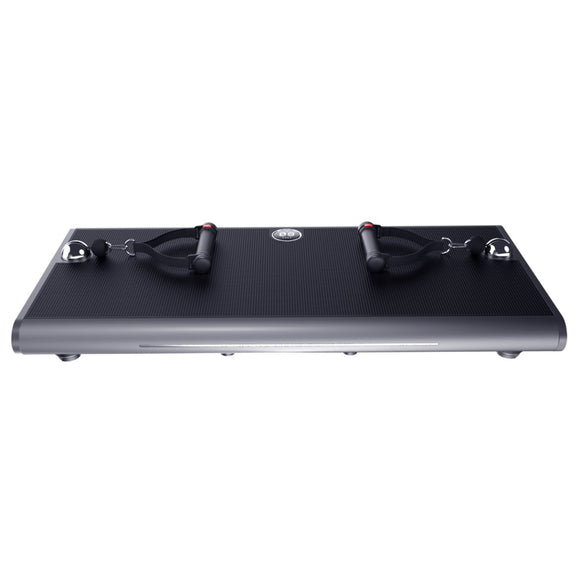What to Do at the Gym: A Beginner’s Guide to Building a Balanced Workout Routine
Use this text to share information about your store with your customers. Describe a product, share announcements, or welcome customers to your store.
If you're new to the gym or looking to optimize your workouts, you might be wondering, what to do at the gym to achieve your fitness goals. The gym offers a variety of equipment and classes, making it easy to get overwhelmed. However, with a structured approach, you can create an effective workout plan that targets your goals, whether you're building strength, losing weight, or improving endurance.
1. Warm Up to Prepare Your Body
Before diving into any strenuous activity, it’s important to start with a warm-up. This increases blood flow to your muscles, prepares your joints for movement, and reduces the risk of injury. A good warm-up could be a light 5-10 minute session on a treadmill, stationary bike, or elliptical. You can also incorporate dynamic stretches like leg swings, arm circles, or hip rotations to activate key muscle groups.
2. Focus on Strength Training
One of the most effective ways to build muscle and increase metabolism is through strength training. At the gym, this can involve using machines, free weights (like dumbbells or barbells), or bodyweight exercises. A balanced strength training workout should target all major muscle groups, including:
- Upper body: Exercises like bench presses, shoulder presses, pull-ups, or bicep curls.
- Lower body: Squats, lunges, leg presses, or deadlifts.
- Core: Planks, Russian twists, leg raises, or cable crunches.
Aim for 2-3 strength training sessions per week, with a rest day in between to allow muscles to recover and grow.
3. Incorporate Cardiovascular Exercise
Cardio workouts are essential for improving heart health, burning calories, and increasing endurance. If you're wondering what to do at the gym for cardio, there are plenty of options. You can use machines like the treadmill, rowing machine, stationary bike, or elliptical. Alternatively, you can participate in fitness classes like spinning, Zumba, or kickboxing.
For optimal cardiovascular health, aim for 150 minutes of moderate-intensity or 75 minutes of high-intensity cardio per week, spread across multiple days.
4. Include Flexibility and Mobility Work
While strength training and cardio are essential components of a workout routine, don’t overlook the importance of flexibility and mobility exercises. Stretching after your workout helps improve flexibility, reduces muscle tension, and enhances overall performance. Consider incorporating yoga or static stretches into your post-workout routine. Focus on stretching major muscle groups, especially those that were worked during your session.
5. Cool Down and Recover
After a hard workout, it’s essential to cool down properly. Gradually lower the intensity of your cardio or do some gentle stretching to help your body return to its resting state. This aids in the recovery process, reduces muscle stiffness, and helps prevent injury.
In addition to cooling down, recovery is key. Ensure you're getting enough rest between workouts and staying hydrated. You can also consider incorporating foam rolling or using a massage gun to release muscle tightness.
6. Set Goals and Track Progress
When figuring out what to do at the gym, it’s important to have clear goals in mind. Whether you're aiming to increase strength, improve cardiovascular health, or lose weight, setting specific, measurable goals can keep you motivated. Tracking your progress—such as increasing weights, running longer distances, or improving flexibility—will help you stay on track and see how far you've come.












